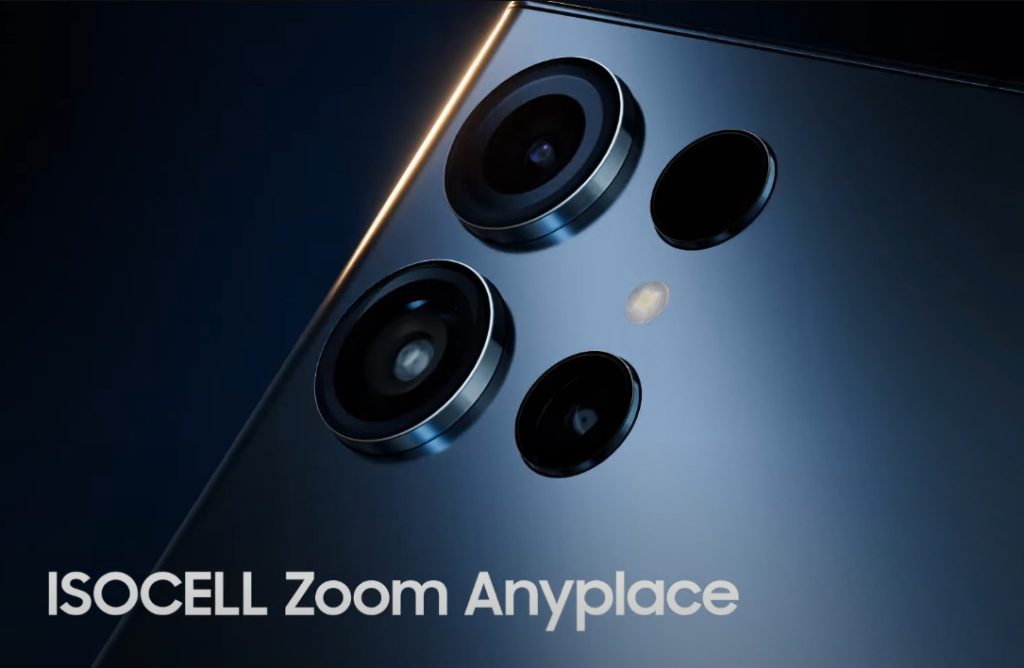
Qualcomm unveiled Snapdragon 8 Gen 3 SoC earlier this week, and highlighted new Zoom Anyplace, powered by Samsung’s first 200 MP image sensor optimized for Snapdragon. Today, Samsung has detailed the features and also revealed details about the End-to-End (E2E) AI Remosaic for image capture for 200MP camera.
ISOCELL Zoom Anyplace

The ISOCELL Zoom Anyplace lets users select the desired subject and the camera will automatically track and film it instead of manually focusing on a moving subject when shooting a video. Even fast-moving subjects are prevented from going off-screen. Additionally, videos can be shot with less screen shake, said Samsung.
ISOCELL Zoom Anyplace allows users to simultaneously capture the full field of view and zoomed-in areas on video. Both the full-screen and zoomed-in views can be filmed at the same time while maintaining high resolution, said the company.
Even if the chosen subject is on the edge of the screen, users can zoom in on it without modifying the angle of their full-scope filming. This allows for a broader range of artistic choices to be made while filming, which enhances the overall user experience.
With the in-sensor zoom by Tetra pixel, users don’t need to be selective because of zoom limitations, either. Previously, with digital zoom, if the center region of interest (ROI) area was zoomed in 4x at a 12.5MP sum mode, it theoretically resulted in 0.78MP (12.5MP/16) image resolution.
With in-sensor zoom, however, the selected area to be zoomed in on is selected from the entire scope and remosaiced, which allows the sensor to maintain the original 12.5MP resolution and enable video to be shot much more vividly.
With the 200MP wide camera, you can seamlessly zoom in at 2x or even 4x with no drop off in resolution, instead of switching from wide to tele when zooming in at 3x or more that can also cause the angle to change.
E2E AI Remosaic for Image Capture

The End-to-End (E2E) AI Remosaic for image capture improves the capture process by enabling the remosaic and ISP to take place simultaneously. This takes a process that occurs in sequence and makes it occur in parallel, thereby reducing remosaic latency by up to half.
The end result is an overall faster image processing time, which reduces the shooting time of 200MP images and improves image quality.
Samsung did not reveal when the new features will be implemented in its phones with 200MP cameras, but we can expect it in the Galaxy S24 Ultra since it should be powered by Snapdragon 8 Gen 3 SoC.
